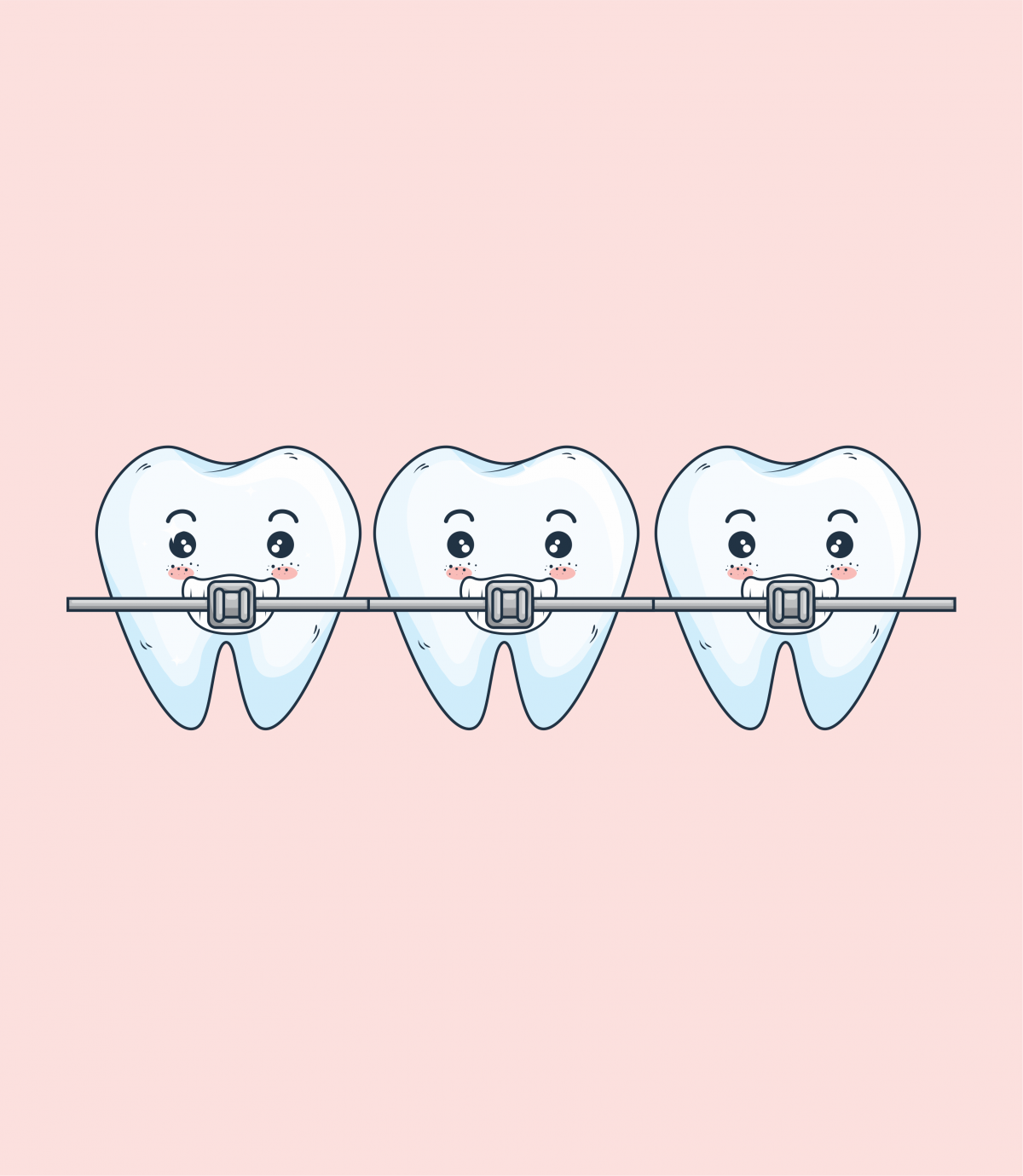
Braces are dental equipment that treat abnormalities with teeth such as crowding, crooked teeth, and out-of-alignment teeth. Adolescents commonly wear them; however, adults may also wear them. They work by applying steady and constant pressure to the teeth for extended periods. The shape of the jaw changes to accommodate this pressure. They gradually straighten and align the teeth and are used if you have crooked teeth or a misaligned bite to give you a normal one. Some people also wear braces to adjust their smiles.
Braces are comparable to college since many parents view them as a virtual certainty or an investment in their children’s future that is simply a part of growing up. However, not every child needs braces. If you’re a parent that believes your child may need braces, here is how you may ascertain whether they need braces or not,
- Consult an Orthodontist: It is recommended that a child’s first visit to the orthodontist should take place in early elementary school. When children reach the age of seven, they still have their baby teeth, making it an ideal time to see if early intervention can minimise the need for future orthodontics.
- Examine your child’s mouth: Some things that you might want to check for are whether their teeth are crowded up top or crowded down below, whether they have gaps in between their teeth, whether they have a pronounced over-or underbite and whether their teeth are crooked or turned in toward each other. You may also want to check for bad breath if it stays after they’ve just brushed their teeth.
- Ask your child: Some questions that you may consider asking your child include inquiring whether they are having trouble chewing food, if they experience jaw pain from time to time and whether they are not smiling or speaking in front of certain groups of people because of how their teeth look.
- Listen to your child: Look out for if your child has a lisp or some other speech impediment caused by a misaligned jaw or out-of-order teeth. Determine the source of the problem by speaking with their teachers or a speech pathologist.
Children as young as seven may wear braces. Still, as a parent, you may consider waiting until your child has some permanent teeth to consider orthodontic care. You may choose to wait until your child is 9 or 10 before starting braces. But most recipients are adolescents between the ages of 12 to 15 since waiting is necessary to ensure the changes are permanent and not just temporary.
